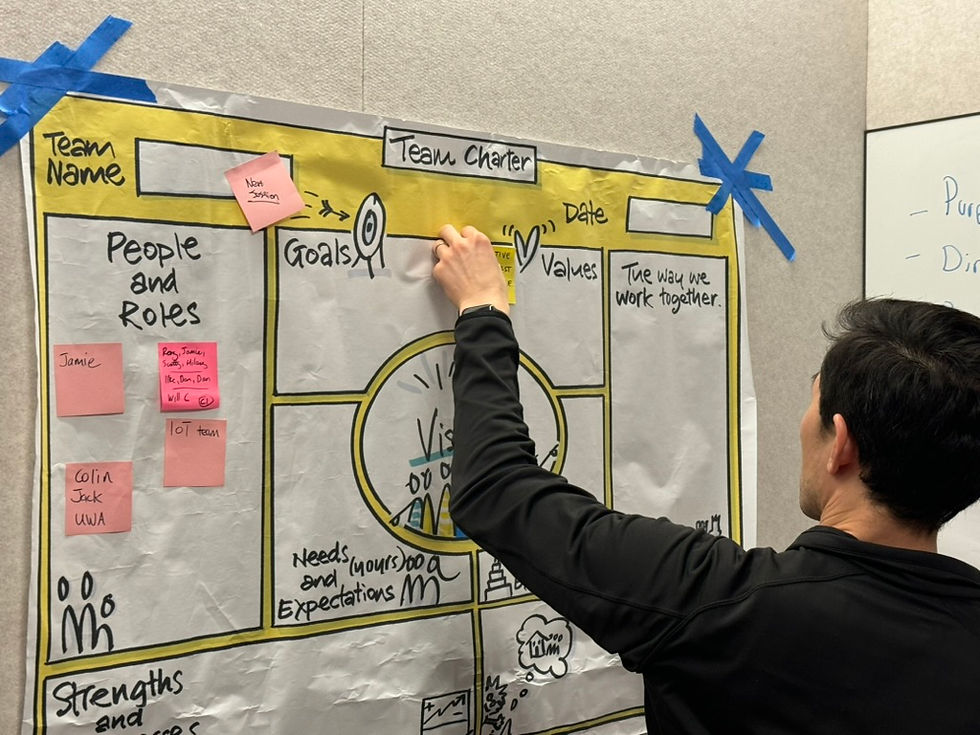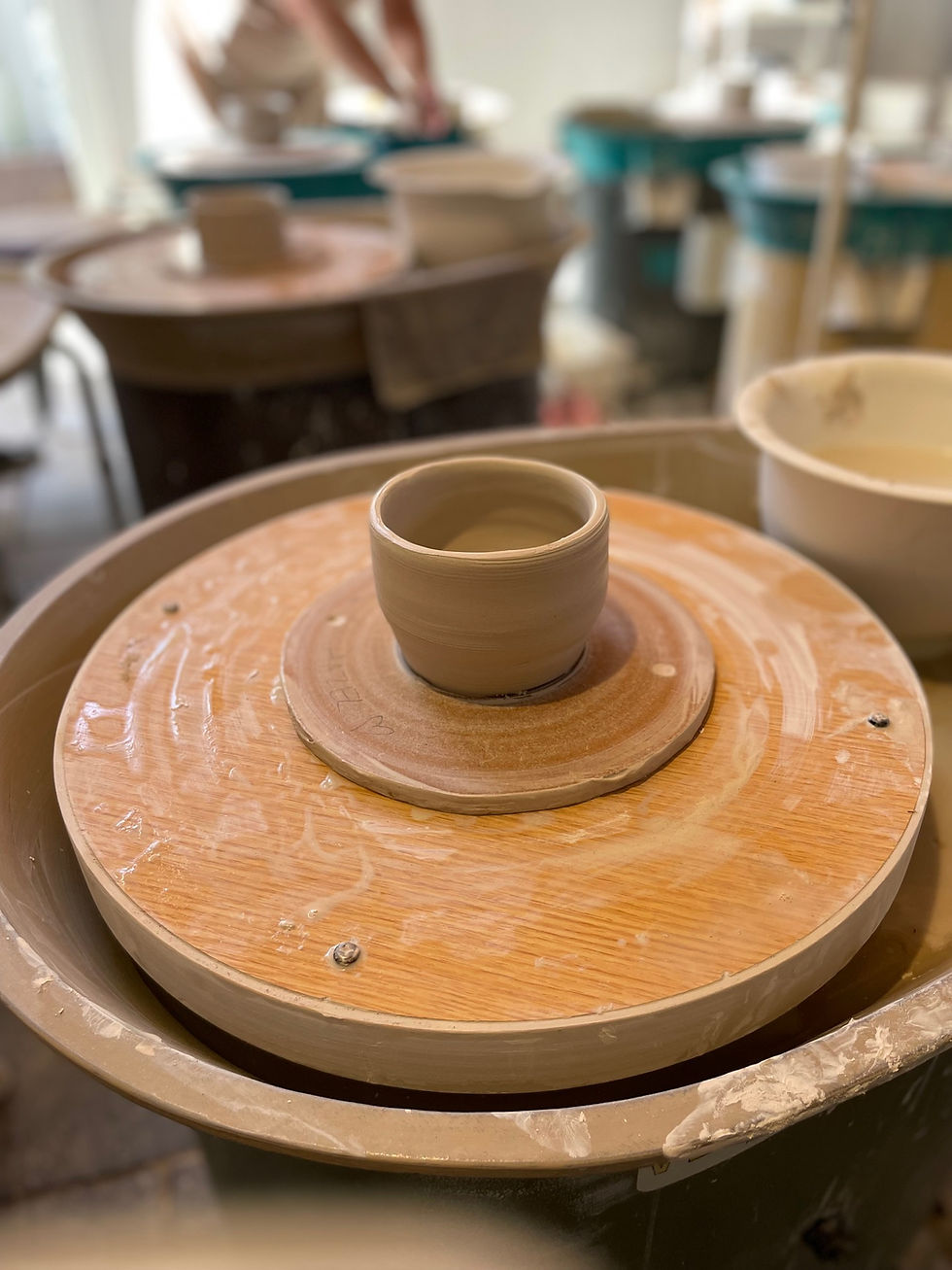How agile can influence a new future for procurement
- Marcus Ward

- Nov 10, 2022
- 3 min read
Updated: Aug 8, 2023

Market conditions are becoming increasingly volatile and unpredictable.
The ability to move fast and rapidly implement change and innovation has taken on a new urgency for companies.
Procurement professionals are at the forefront of these demands faced by the pandemic ripples, inflation at record highs and notwithstanding the supply chain disruptions.
Step forward Lean Agile Procurement where days to market from idea to contract need to become the new normal.
What is Lean Agile procurement?
Lean-Agile Procurement is a relatively new, exciting simple approach for procurement which has been found to be up to 400% faster than traditional procurement.
It's based on agile and lean principles and is focused on creating business value and the people involved. Lead time to source a new partner and processes which can take six-month are reduced to days. Important customer problems are solved first.
In October, Mirko Kleiner, the creator of Lean-Ggile procurement (otherwise known as LAP), spoke to Procurement leaders in Melbourne for Procurement and Supply Australasia’s Annual Conference, Premier Confex.
“Procurement is at its limit, with new topics (sustainability, diversity, inclusion etc) and a need for speed. These demand a new way of working,” Mirko said. I couldn’t agree more.
Mirko’s presentation, “The Future of Procurement - A Survival Guide for Leaders
From Function to Capability”, was provoking for the audience. It calls for a shake-up and for procurement professionals to back themselves in and create a position of influence through agile.
1. Time to put people before process
The findings of a key study by Procurious and Ivalua, show 81% of procurement teams are pressured by executive teams to “to more quickly and effectively respond to challenges”. Sadly most are ill equipped to act.
2. Agile procurement can lead the change
It’s time for change and LAP is primed to lead the change, especially in government procurement. Former Prime Minister Malcolm Turnbull recently said a fear of failure and lack of ambition is stifling innovation in Australia with legacy procurement issues largely to blame.
The review into the government’s Digital Transformation Agency also shows how bureaucracy is affecting procurement - ultimately costing the taxpayer. Shouldn’t Australia’s lead digital agency be leading the way? Further more, Gartner found government has the longest average buying cycle for technology purchases compared to other industries - 22 months. The list goes on.
Mirko alluded to SwissCasinos in a case study in which LAP was used to source an ERP system in just four weeks. This was after engaging key stakeholders and three competitors in the same room (known as a big room) in two days. The benchmark prior to this was six months.
In Australia, the ASX-listed APA Group used lean agile procurement when the company completed a major transition to smart metering in the gas industry. An international big room” brought together all of the key stakeholders virtually to complete the procurement process over just 13-weeks. It would normally have taken several years for a project of this size. Learn more about the case study.
3. Why Lean Agile procurement has a place
Agility is a journey of small steps forward. It’s about measuring and adapting along the way.
Procurement has a unique opportunity to influence the organisation and be an integrated part of strategy. We become enablers of org strategy by solving problems and realising opportunity by becoming connectors in the marketplace.
Lean-agile procurement:
Reduces preparation efforts as much as possible (reduce waste).
Improves time to market dramatically (days instead of months), so that delivering business outcome starts earlier.
Removes custom proposals, just one page in a predefined structure, so that creation and comparison of multiple proposals become as easy as possible
Puts the focus on partner evaluation (soft- & hard skills)
Requires no additional translation step via Legal. The lean procurement canvas is an agile contract.
4. Beginning your agile procurement journey
Agile ways of working can influence different ways of working. It’s really about learning to walk before you run. Don’t chase the highest maturity level or be influenced by externals.
Make an honest appraisal of where you are now and work collaboratively with your stakeholders on what the journey could look like.
Think in ecosystems, the first conversation is often the hardest but it’s the most insightful. Form alliances until gradually it becomes a company-wide transformation.
Lastly:
Think outside of the box, how can we become faster.
Think in ecosystems.. Have a vision for your way of working
Look at procurement as a strategic capability - your knowledge will become even more important in the future.



Comments